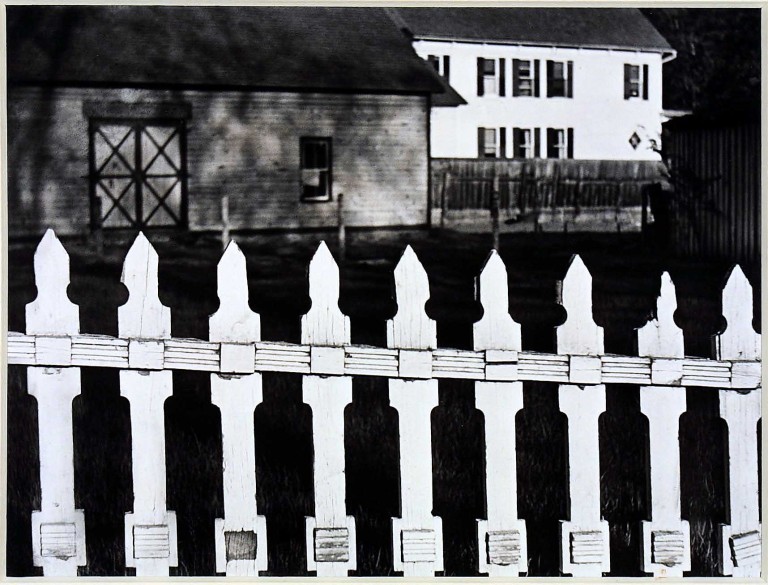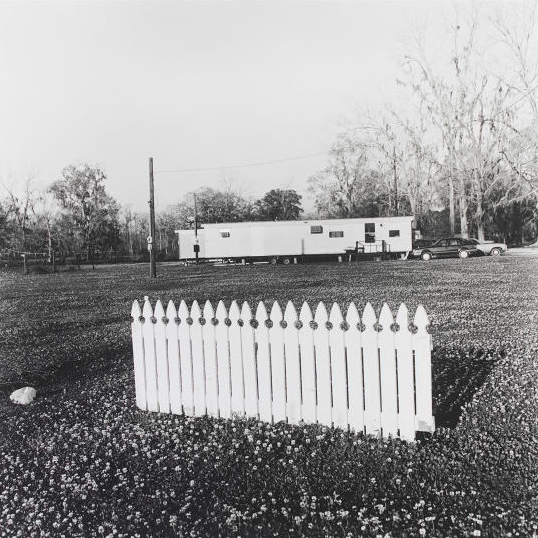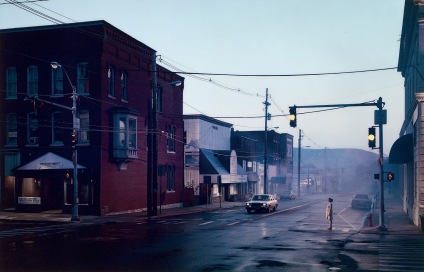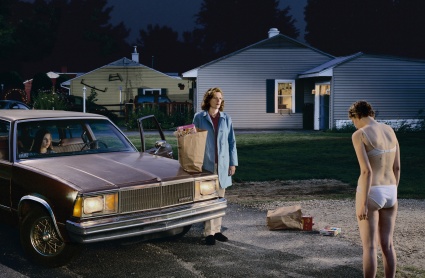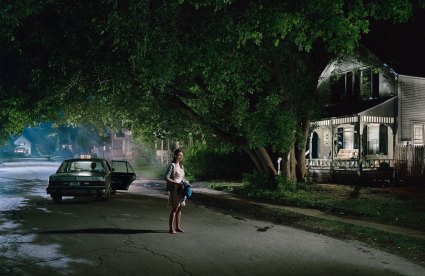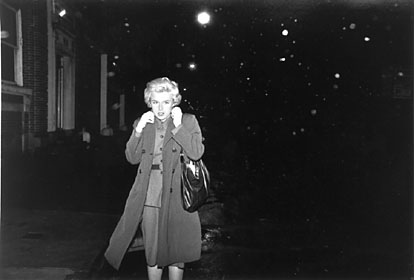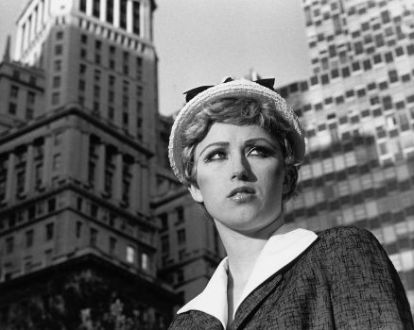One image should clearly define it’s intent through the image alone:
Annie Leibovitz – self portrait
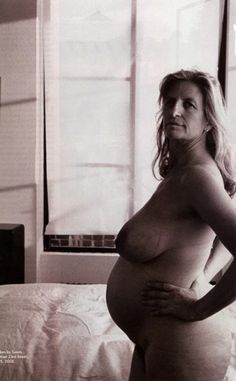
A picture of Annie Leibovitz standing naked in what looks like a bedroom. Leibovitz looks heavily pregnant from about 6 months
This picture would have been taken between the years of 2001 and 2005 as thats when she was pregnant with her children. Although from the style of this picture you would have thought it was taken a lot earlier than that.
it is a possibility that it is in her bedroom as thats where most people are comfortable to take their clothes off, I would also say this is a bedroom because you can see she is standing in front of a bed.
she is in a strong position, a position of power with her hands on her hips. A power pose. even though she is naked which is when people feel most vulnerable as if she is protecting the child that is in her stomach. that she will do anything to stand up for her child. I would also say she is in this pose because she is showing off her bump, she is proud of it so wants to accentuate it.
in the picture there is nothing but leibovitz and white sheets and blinds, i think this is so nothing is distracting from leibovitz herself and the baby bump because even though you are focused on leibovitz the thing that you are most focusing on is the bump, this is excentuated by the pose she is in as it would not be as obvious if she was not standing to the side.
everything is in focus but there is only one thing that is accentuated which is leibvoitz and that is because this is a self portrait. depending on how people look at it people may thing that the focus is on the baby even though the baby is not yet out of the womb.
the photograph was taken more than likely as a record of the pregnancy, to show what she looked like. as a way of remembering. it is also a popular thing to take a naked picture while pregnant, many people go to studios and get their photograph taken professionally.
One should need clarification of intent through caption or other signs. (I.e. it may be part of a series and as such fails to convey it’s intent as a single image.
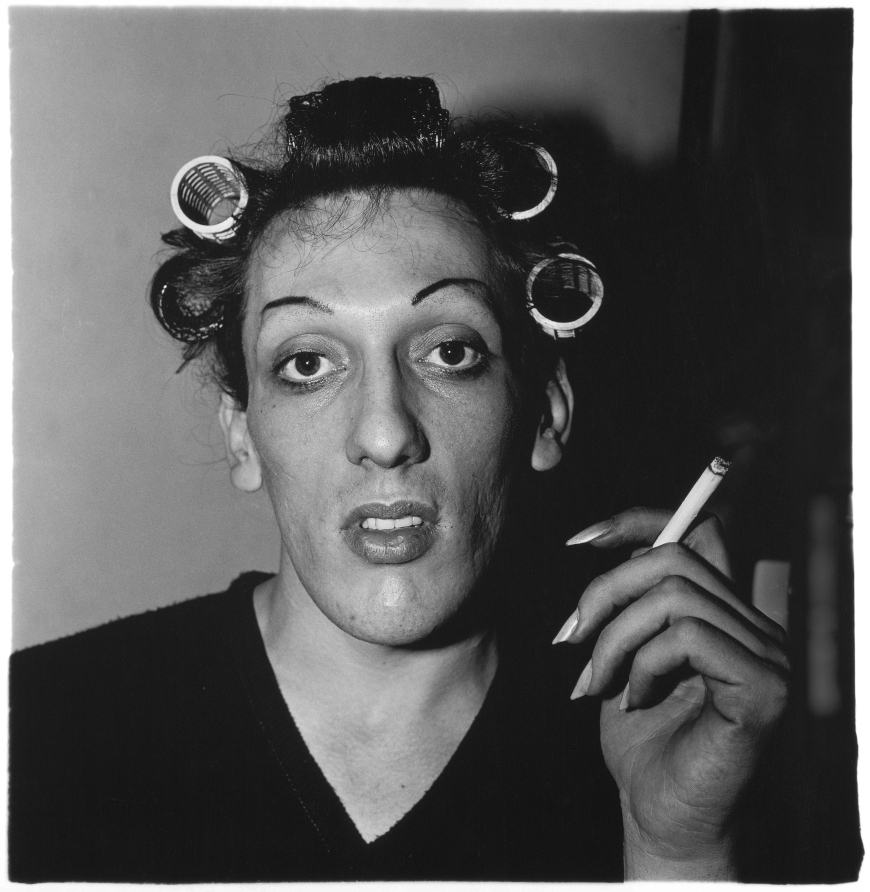
Diane Arbus – A young man in curlers at home on West 20th Street, N.Y.C. 1966
From this image i see either a man or a woman smoking a cigarette. I see a woman because they have curlers in fake nails on and their eyebrows are plucked. I also see a man because they have masculine features like their face shape, their nose and their large hands. Although from the caption you can see that this is a man.
I would say that the year that this was taken would be in the 80s because that is when people felt that they could begin to express themselves, and cross dressing became more acceptable. When looking at the caption you can see that this image was taken in 1966, after reading this you can see that this image was taken in the 60s due to the style of photography. You can see that this is more believable that it was taken in the 60s because from he caption it says that this picture was taken in the comfort of his own home. This is obviously see that this is where he feels comfortable and where he can be himself. Although in the 60s it was more acceptable to be yourself, cross dressing and sexuality was still quite hidden, even though not as much as it was in the 50s, there was still quite a lot of sexism and homophobic. You can see that this man is inside, this is because he is in rollers as well as you can see the walls of the house, but without the caption you would not have been able to tell that it was a house let alone his house.
You can see clearly in this picture that the man is relaxing. This is because he is in rollers, smoking. These are things people normally do when they are relaxing. He also has an expressionless face. He is not angry or upset, but he is also not smiling. I would also see this image as relaxing because he is at home with his curlers in. Although in the 60s this is a very defining style of the 60s. At home with curlers in, this is because the hair was very big back then. It was also very common and acceptable for woman to smoke back then. So it could also just be a normal every day occurrence for this man.
I think the photographer chose these particular elements to include within this photograph because it shows the stereotypical definition of a woman during the 60s but on a man. The rollers, cigarette and the long fake nails are all iconic to that era. These are also parts which have been emphasised within the picture, as well as his nose and ears and brown line are also parts which stick out to me. I think this is so you can see that this is a man dressed up as a woman. Although you cannot be 100% sure without the caption, but once you realise that this is a man, you can see that this image is very truthful and this man is very trusting. I think the clothes and room where not emphasised because you clearly see the intent without them, they would be more things that distract from the elements like the rollers and cigarette. The rollers are even more accentuated by being in the caption of the image. After reading this you would automatically be drawn into the image looking for the rollers.
One image should be one that needs further investigation to clearly understand it’s intent.
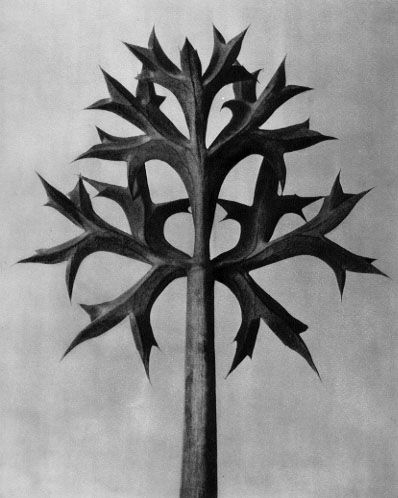
84 – Eryngium bourgatii, Eryngo, 5x
i see something with strong form, it could possibly be mistaken for a steel sculpture. you can’t even work out what it is or what has happened to create the image, even though it is all in the title. Blossfeldt has made it very difficult to understand what the title means. even though it does become more simple when you research more into them.
The year it was taken, the plant it is, the amount of times it has been magnified. i would not have known that without reading up more about the work. From knowing this you can work out that the picture was taken in 1884, the plant is aEryngium bourgatii and the plant has been magnified 5 times to create the final image. The magnification was done with a homemade camera in which he could magnify up to 30 times.
from looking at this picture i would say that it was taken in a studio with lighting. This is because the backdrop is clear without any distractions but if this plant was taken naturally then there would be other plants and wildlife in the back ground.
the emphasise from this image is the plant and only this single type of plant, which is why there is no other elements within the image and the sole focus is on the plant which means it is the only thing in focus.
the angle of the plant is straight on, i would imagine this is because that way it shows a clear representation of the plant. there is nothing and it is not in a different angle so that the plant is not changed and altered. the idea for this project by Blossfeldt is to capture the plant, he was a keen botanist as well as photographer, so creating an image that looks exactly like the object he was shooting was his main interest.
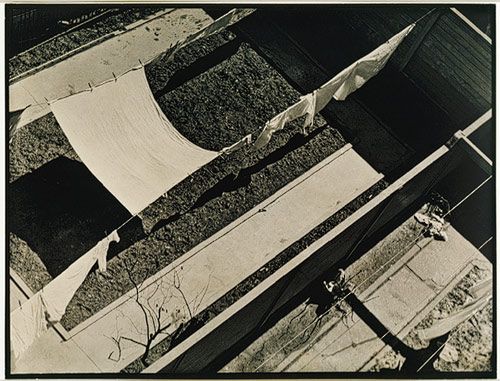 Cubism – at war with the obvious – going against normality.
Cubism – at war with the obvious – going against normality.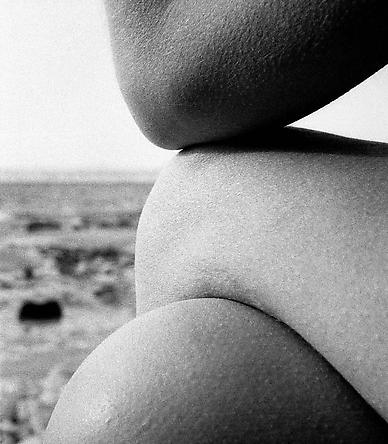 ‘it is part of the photographers job to see more intensely than most people do’
‘it is part of the photographers job to see more intensely than most people do’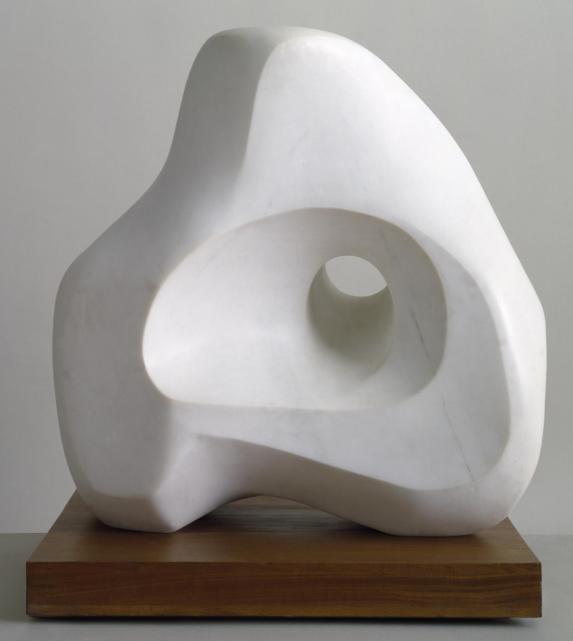 leading member of a new generation of sculptors 1920s. – Her work became abstract in 1930s after moving to Cornwall, St Ives. – she makes sculptures from landscape experiences.
leading member of a new generation of sculptors 1920s. – Her work became abstract in 1930s after moving to Cornwall, St Ives. – she makes sculptures from landscape experiences.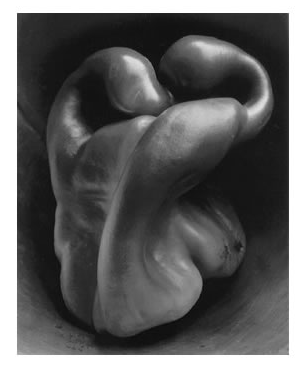 Weston said that by varying the camera angle it create an infinite number of varied compositions with a single object. Even though this is not actually a woman and man the lighting and angle of the camera make it seem as though it could be people instead of a pepper. By varying his camera, camera angle o focal length of lenses
Weston said that by varying the camera angle it create an infinite number of varied compositions with a single object. Even though this is not actually a woman and man the lighting and angle of the camera make it seem as though it could be people instead of a pepper. By varying his camera, camera angle o focal length of lenses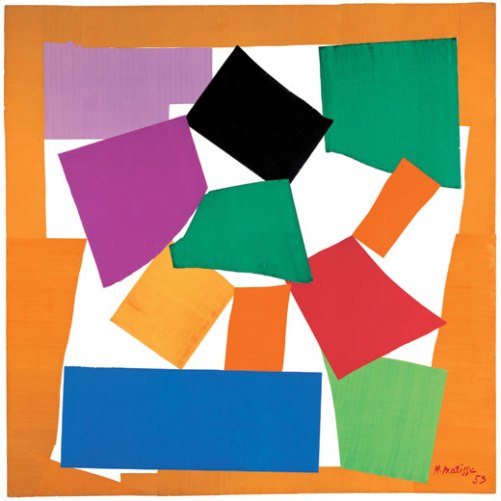
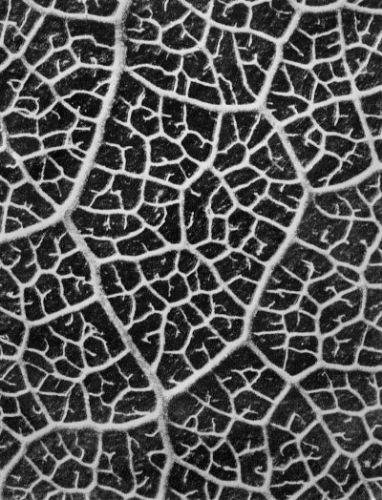
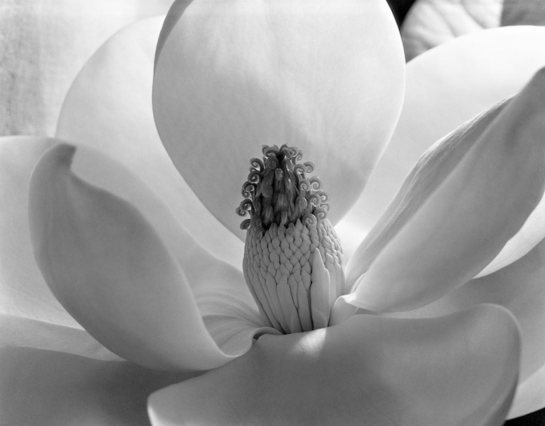 couldn’t get out much due to her children – so she started photographing plants from the garden. Restraints of not being able to get out, but she didn’t let that stop her. instead she looked at them in a different way ‘beauty in everything’. – ‘paradox of expansion via reduction becomes vivid’. Between 1923 and 1925 she carried out intense studies on the magnolia.
couldn’t get out much due to her children – so she started photographing plants from the garden. Restraints of not being able to get out, but she didn’t let that stop her. instead she looked at them in a different way ‘beauty in everything’. – ‘paradox of expansion via reduction becomes vivid’. Between 1923 and 1925 she carried out intense studies on the magnolia.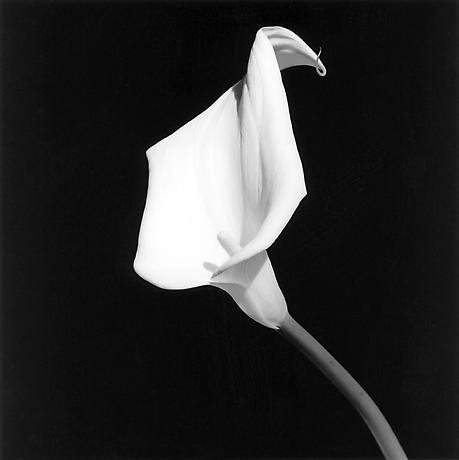 pushed boundaries of photography in both his subject choice – did a project on male bodies, many of his images were closed down because they were viewed as pornographic.
pushed boundaries of photography in both his subject choice – did a project on male bodies, many of his images were closed down because they were viewed as pornographic.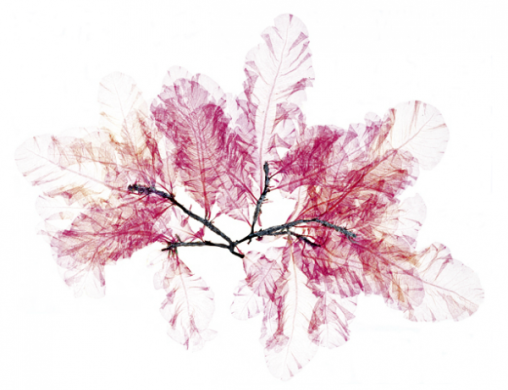 Fashion photographer consistently challenged conventional notions of beauty . He spent 3 years pouring over 6 million herbarium species at the natural history museum. – He has to select just 45 to photograph for his flora exhibition. ‘ plants have always fascinated people. They feed us, clothe us, and are indispensable as drugs and medicines.
Fashion photographer consistently challenged conventional notions of beauty . He spent 3 years pouring over 6 million herbarium species at the natural history museum. – He has to select just 45 to photograph for his flora exhibition. ‘ plants have always fascinated people. They feed us, clothe us, and are indispensable as drugs and medicines.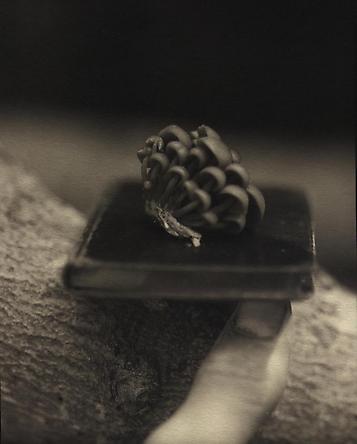 ‘work of natural are widely considered among the best contemporary achievements in the genre of still life composition.’ 8×10 camera – really big negs, need to develop for longer / take pictures for longer ‘a slow deliberate process.’
‘work of natural are widely considered among the best contemporary achievements in the genre of still life composition.’ 8×10 camera – really big negs, need to develop for longer / take pictures for longer ‘a slow deliberate process.’